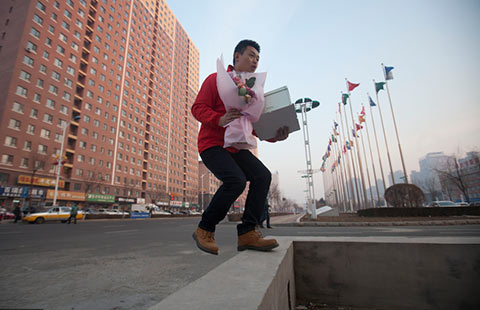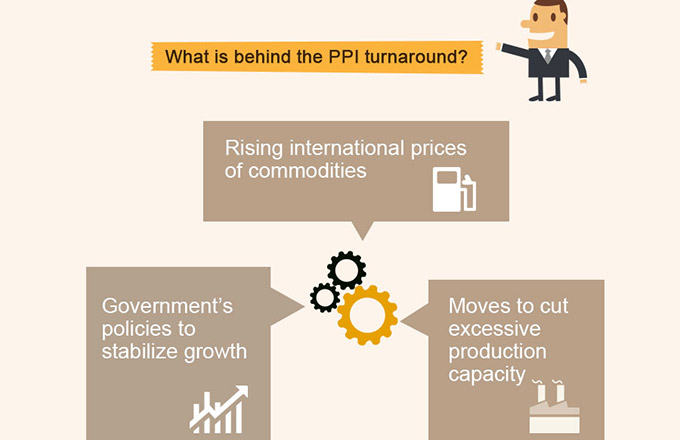Adept at balancing many fields

If real estate prices can serve as a barometer for monitoring a country's economic vitality, one would think the Chinese economy was at its peak in 2016. Actually, it wasn't.
Home prices had risen strongly in major cities since the start of the year after rising almost uninterruptedly for about 10 years. The country's economic growth rate, however, has gradually weakened since 2010-and slowed to a 25-year low of 6.9 percent in 2015, as the world's second-biggest economy continues to shift away from its manufacturing roots.
We can understand the difficulties faced by the Chinese economy at the start of the year by taking a look at the headlines of many research reports by economic analysts at that time: Why the renminbi slumped against the dollar? Weak start for 2016-January data preview. Slow start for 2016-February data preview ...
Back then, few analysts were upbeat about the prospects of the Chinese economy for this year. UBS Securities, for instance, predicted its growth could slump to 6.2 percent year-on-year, down from 6.9 percent for 2015. Indeed, the sharply falling yuan, declining foreign exchange reserves, slumping stock indexes, weak economic activities-all indicators pointed to a weak performance that many analysts thought would not recover any time soon.
Fortunately, the unexpected real estate boom and monetary expansion, which was less unexpected, have provided a solid pillar to buttress growth. The 6.7 percent growth in the first quarter, although not superb, nevertheless brought home to China watchers that the economy remained quite resilient.
In the next two quarters, the Chinese economy continued to forge ahead to achieve a growth within the preset target range of 6.5 percent to 7 percent against the headwind of global financial turbulence as a result of the UK's Brexit vote in June and the interest rate hike by the US Federal Reserve this month.
As the year-end drew near, the yuan began slumping again against the dollar-just as it did at the start of the year. The decreasing foreign exchange reserves, again, led to concerns about unaffordable capital outflows. And the never-ending talk of US interest rate hike and the winning of the US presidential election by Donald Trump, who seems to be more protectionist than his predecessor, have brought new uncertainties to the world economy.
But China is no longer what it was at the start of the year. After a turbulent year, it has accumulated more expertise in balancing economic restructuring, growth and management of financial risks. Even if its growth rate continues to dip next year, policymakers would be more composed in navigating the world's second-largest economy through unchartered waters.
- Belt and Road Initiative seeks world economic rebalancing, inclusive globalization
- China issues five-year plan to revive northeast
- China economy skeptics should rethink their betting
- Global new standards for climate-related financial disclosures launched
- On the way: Chinese capital's journey to the world

















